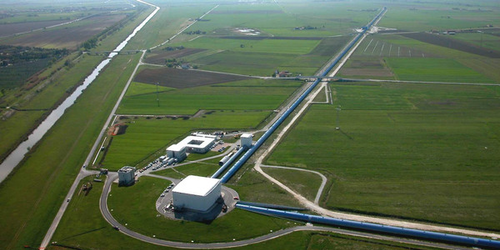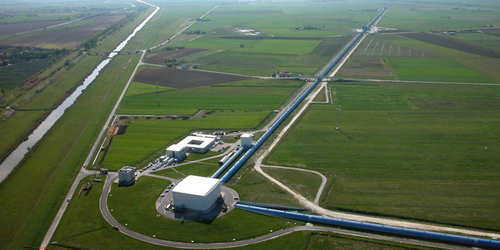Persistence of Gravitational-Wave Memory
The gravitational waves produced by colliding black holes and other extreme cosmic phenomena are transient by nature. However, researchers predicted in the 1970s that passing waves could leave persistent traces in detectors. Recent upgrades to the LIGO and Virgo gravitational-wave observatories have significantly improved their sensitivity, creating a renewed interest in these predicted effects. For that reason, Éanna Flanagan of Cornell University, New York, and colleagues improved the mathematical framework used for describing so-called persistent gravitational-wave observables, predicting three new observables in the process.
The framework developed by the team connects conceivably measurable effects to the curvature of spacetime by black hole collisions. Gravitational waves distort the shape of spacetime, changing the relative positions, velocities, accelerations, and trajectories of physical objects in their paths. Those objects don’t return to their original configurations after the waves pass, creating a “persistent” effect that scientists could potentially measure. One example of a measurable persistent change is the predicted shift in the relative positions of LIGO’s mirrors. The team’s framework accounts for the previously predicted persistent observables—including the LIGO mirror example—in a single mathematical formulation, and it also predicts three new ones. These new effects include shifts in time measurements by clocks at different locations and changes in the rotation rate of a spinning particle.
The small number of black hole collisions so far detected by LIGO and Virgo is insufficient to provide the cumulative data needed to spot persistent gravitational-wave observables. But the increased detection rate expected from the upgraded detectors could change that situation. The detection of the three newly identified observables, however, will require new types of observatories.
This research is published in Physical Review D.
–Matthew R. Francis
Matthew R. Francis is a physicist and freelance science writer based in Cleveland, Ohio.





